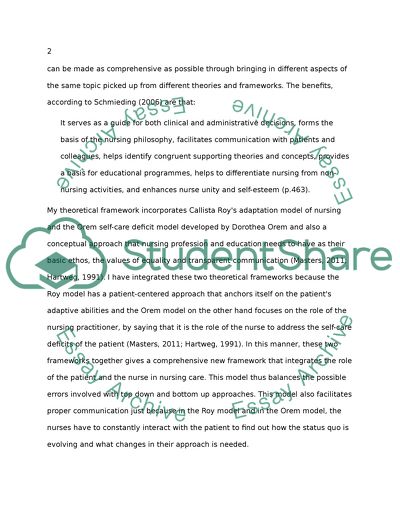Cite this document
(“Theoretical framework Essay Example | Topics and Well Written Essays - 2500 words”, n.d.)
Retrieved from https://studentshare.org/nursing/1402616-theoretical-framework
Retrieved from https://studentshare.org/nursing/1402616-theoretical-framework
(Theoretical Framework Essay Example | Topics and Well Written Essays - 2500 Words)
https://studentshare.org/nursing/1402616-theoretical-framework.
https://studentshare.org/nursing/1402616-theoretical-framework.
“Theoretical Framework Essay Example | Topics and Well Written Essays - 2500 Words”, n.d. https://studentshare.org/nursing/1402616-theoretical-framework.


